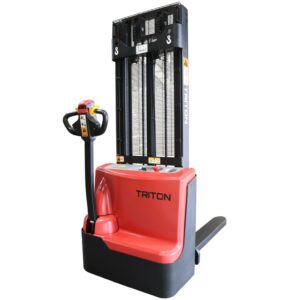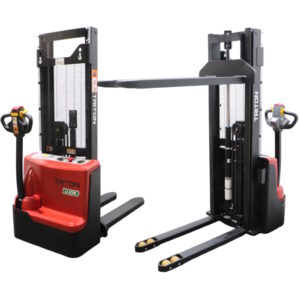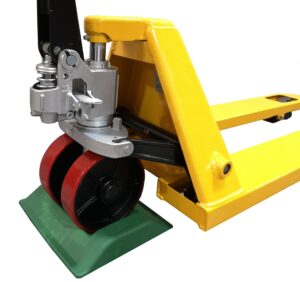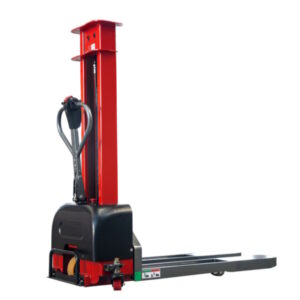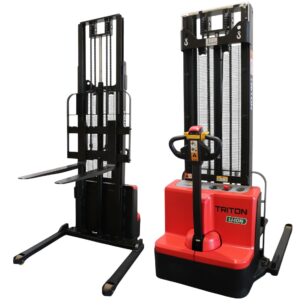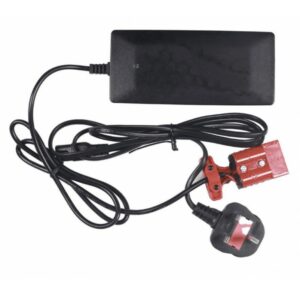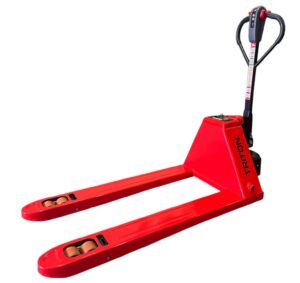The rapid rise of eCommerce has completely transformed warehouse operations, changing the role of warehouses from static storage spaces to dynamic fulfilment centres. As online shopping continues to dominate retail, businesses must adapt their warehousing strategies to meet consumer demands, particularly for faster delivery times and order processing. This transformation has prompted warehouses to rethink their layouts, invest in new technologies, and improve efficiency across the supply chain.
Need for Speed
One of the greatest changes driven by eCommerce is the need for quick delivery and even quicker returns. Consumers expect next-day or even same-day delivery – it is no longer considered a perk, but rather a must-have. It’s easy to see how that puts immense pressure on warehouses to streamline operations. To keep up, businesses are implementing advanced inventory management systems, automation, and strategically located distribution centres.
As warehouses become busier, efficient material handling is more important than ever. The sheer volume of small parcel shipments requires precise and rapid movement of goods, making manual handling equipment a critical component of success.
Flexibility is Key
Another major change is the diversification of warehousing models. Traditional bulk storage is no longer sufficient in an e-commerce-driven world where stock turnover is fast-paced and unpredictable – you never know what product might go viral and suddenly fly off the shelves! Warehouses must now accommodate a blend of long-term storage, high-speed order picking, and returns processing. Efficient use of space, coupled with flexible storage solutions, ensures businesses can adapt to fluctuating inventory levels without disruptions.
Returns management has also become a vital aspect of modern warehouse operations. eCommerce generates a much higher return rate than brick-and-mortar retail, requiring warehouses to handle returned stock swiftly. Implementing dedicated return processing areas, alongside lift tables and ergonomic handling equipment, allows workers to inspect and restock goods at a quick pace, preventing delays and inventory discrepancies.
New Challenges and Reliable Solutions
Phil Chesworth, Managing Director at Midland Pallet Trucks, says, “The eCommerce boom has changed the way warehouses operate, making efficiency and adaptability essential. To keep up with demand, a mixture of advanced technology and traditional solutions such as reliable manual handling equipment, like our lift tables and pallet trucks, are vital.
“High-quality pallet trucks, lift tables, and scissor lifts ensure that employees can transport goods safely and efficiently, reducing strain and minimising errors. Equipment failure can disrupt the entire workflow and lead to delays customers aren’t likely to forget – or forgive.”
As consumer expectations continue to rise, the ability to process, pick, and dispatch orders quickly will be the key to staying competitive in the digital age, where disgruntled customers can switch to competitors with just a click.

